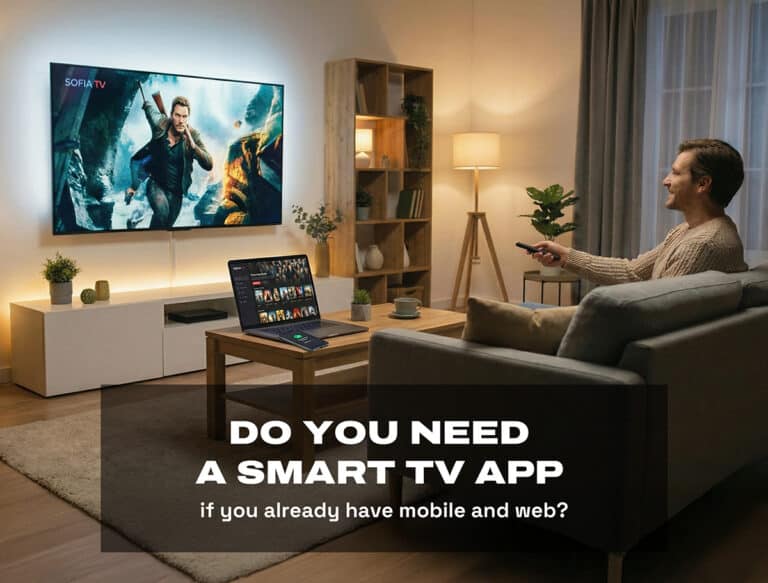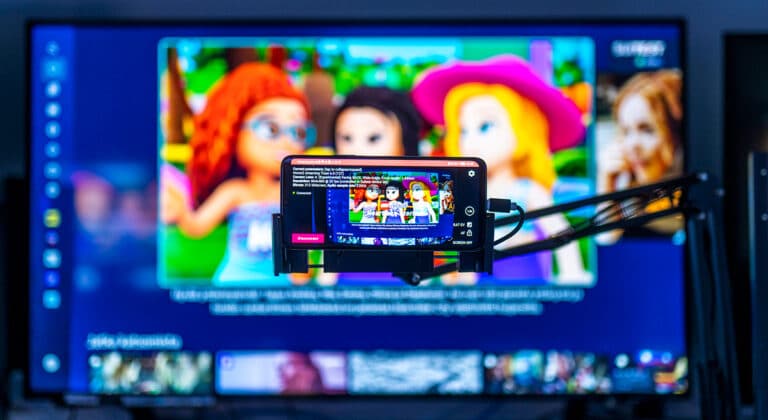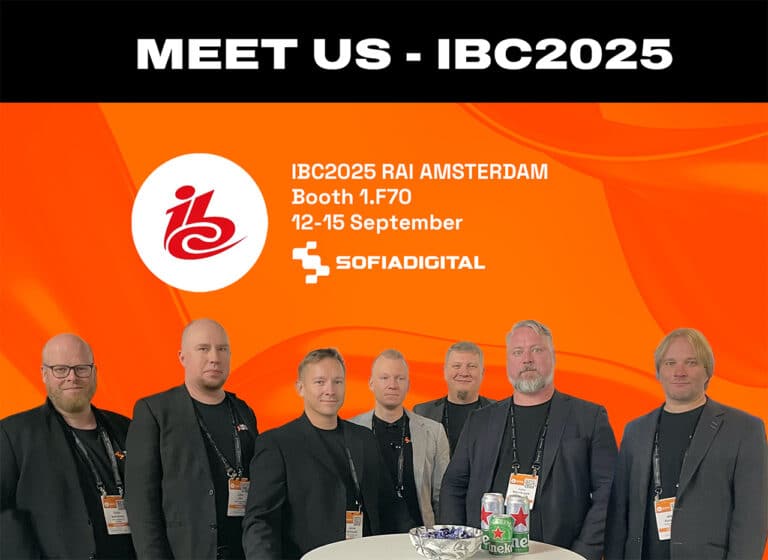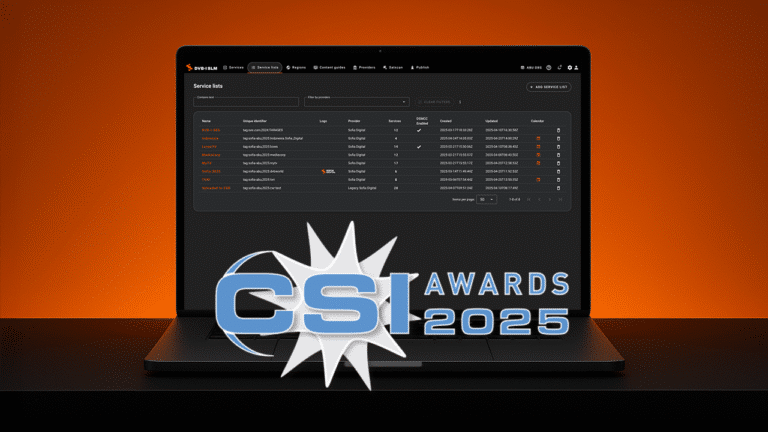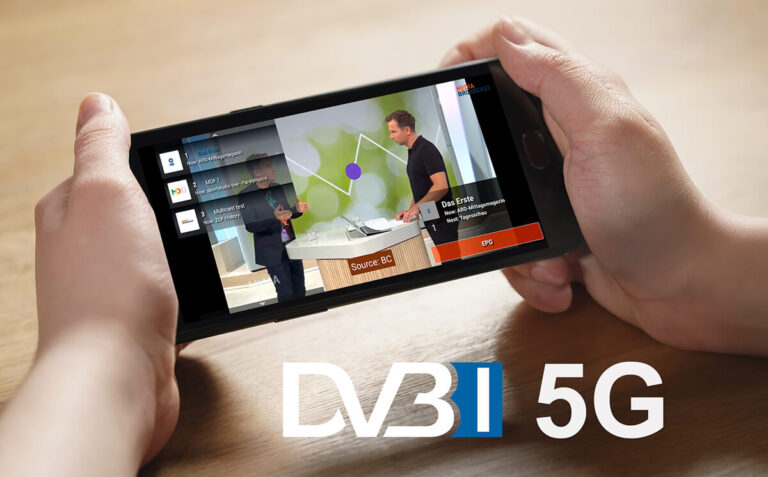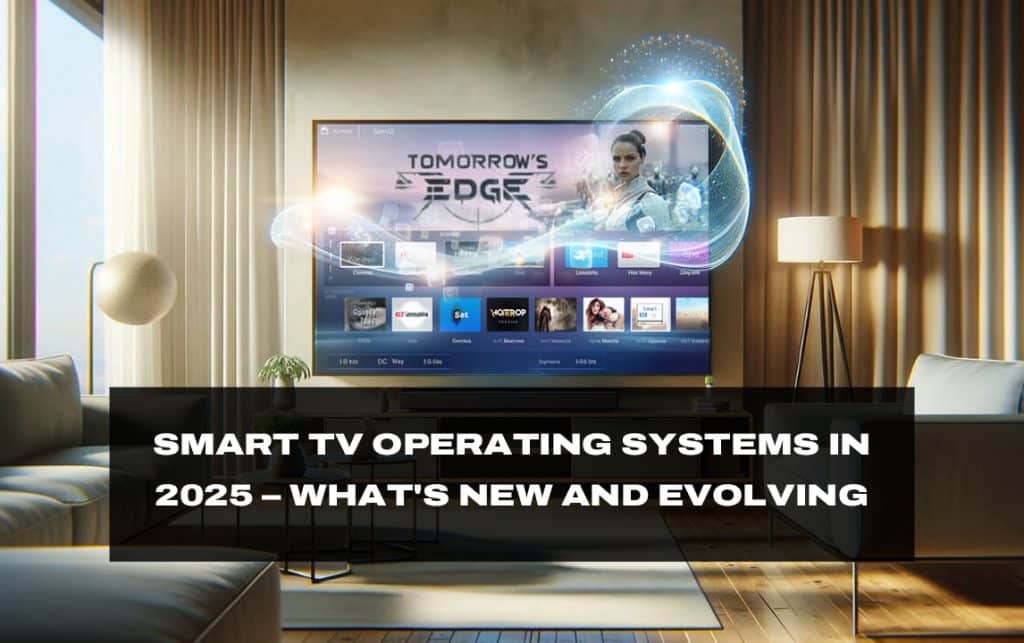
In our previous article, we covered the most trending Smart TV operating systems available today: Android TV, Samsung Tizen OS, LG webOS, Amazon Fire TV, Roku, VIDAA and Apple tvOS.
As the Smart TV ecosystem continues to evolve, new operating systems have emerged and some previously existing platforms—such as Sky OS and PatchWall OS—have gained broader relevance since our last overview in December 2023. This follow-up article provides an update on these developments, introduces newer entries like Titan OS and HarmonyOS, and highlights key changes across the most widely used Smart TV operating systems.
Read our previous article: Smart TV Operating Systems: Android TV, Tizen OS, webOS, Fire TV and more.
Smart TV Platforms Not Previously Covered
Titan OS
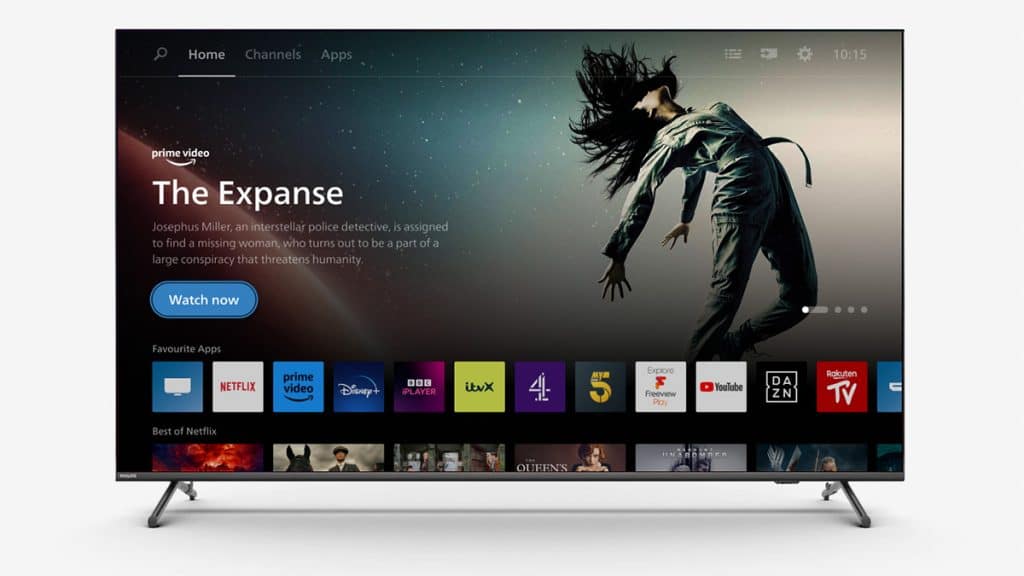
Developer: Titan OS S.L.
Devices and Manufacturers:
Titan OS is now available on 2020-2025 Philips and AOC smart TVs, having replaced previous Linux-based OS on certain models in Europe and Latin America. It aims to roll out to more brands and territories.
Highlighted Features:
- Titan OS places the content at the forefront of the experience, prioritizing highest recommendation and immediate availability of popular apps and programs.
- Integrated Cross-Platform Search compiles results from multiple streaming platforms.
- Casting Support: It supports casting mobile content to the TV screen.
- FAST Integration: Integrated access to free ad-supported streaming TV (FAST) channels and content from multiple providers.
What is special in Titan OS Smart TV operating system:
Titan OS is an independent big tech ecosystem replacement. It offers content promotion neutrality, allowing for brands and content sources to gain more control over recommendation and discovery. The platform is modular and scalable in nature, so it is easier to integrate for manufacturers and flexible for long-term development.
Sky OS (formerly Entertainment OS)
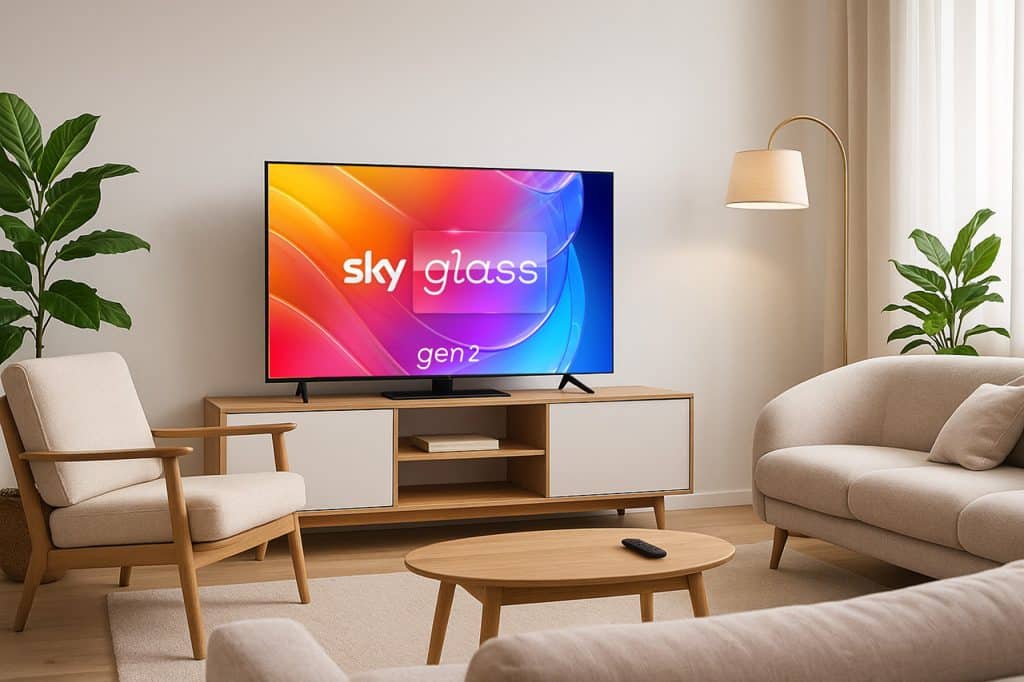
Developer: Sky (Comcast subsidiary)
Devices and Manufacturers:
Sky OS powers the Sky Glass and Sky Stream product lines, available in selected European countries including the UK, Ireland, Germany, and Italy. Both device families are manufactured and distributed directly by Sky.
Highlighted Features:
- Integrated Content Experience: Combines live TV, on-demand content, and apps within a single interface.
- Customized Recommendations: Offers content suggestions based on viewing history and user profiles.
- Voice Control: Built-in voice assistant for hands-free navigation and content search.
- Low-Latency Live Streaming: Optimized for watching sports and live broadcasts with reduced delay.
- Periodic Feature Updates: Sky continuously rolls out updates that enhance performance and introduce new capabilities.
What is particular in Sky OS Smart TV operating system:
Sky OS is deeply integrated into Sky’s subscription services and hardware, creating a vertically controlled environment that brings together device, software, and content. Unlike open Smart TV platforms, Sky OS focuses on a curated user experience with limited third-party app exposure. This allows Sky to maintain full control over navigation, search, and content discovery—integrating exclusive services like Sky Sports and Sky Cinema directly into the interface.
Note: This OS was formerly branded as Entertainment OS and renamed to Sky OS (or Sky Live OS) in early 2025. It is unrelated to the discontinued desktop operating system “SkyOS” developed between 1997–2008.
Xiaomi PatchWall OS
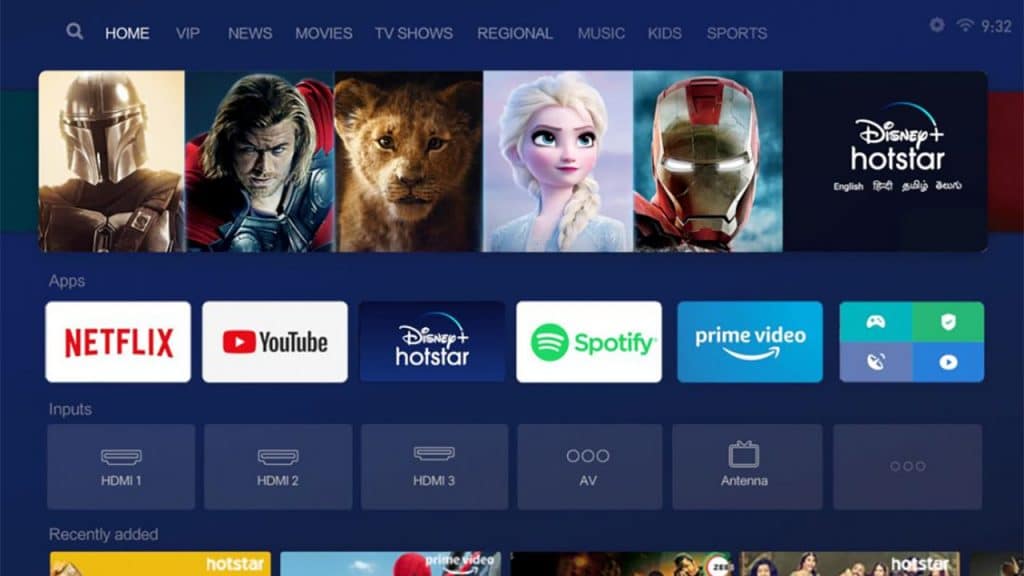
Developer: Xiaomi
Devices and Manufacturers:
PatchWall OS is also pre-installed on Xiaomi smart TVs and set-top boxes, primarily in India and parts of Southeast Asia. It is a skin over Android TV and provides Xiaomi hardware with a personalized interface.
Primary Features:
- Content Aggregation: Streams content from over-the-top (OTT) platforms and consolidates them into a single interface.
- Multilingual Support: Offers content discovery as well as navigation across multiple Indian and regional languages.
- Smart Recommendations: Provides AI-driven content suggestions based on user watching patterns.
- Ease of Navigation: Concentrates on simple and speedy access to content with minimal menu complexity.
What is special in Xiaomi PatchWall OS Smart TV operating system:
In contrast to the majority of Android TV-based interfaces, PatchWall OS is designed specifically for Xiaomi viewers with a heavy focus on local content and support for local languages. Its design and recommendation engine are designed for content-first navigation. While a technically an interface layer on Android TV, in practice it is a deeply integrated system on Xiaomi devices, erasing the distinction between OS and launcher in the user experience.
Whale OS
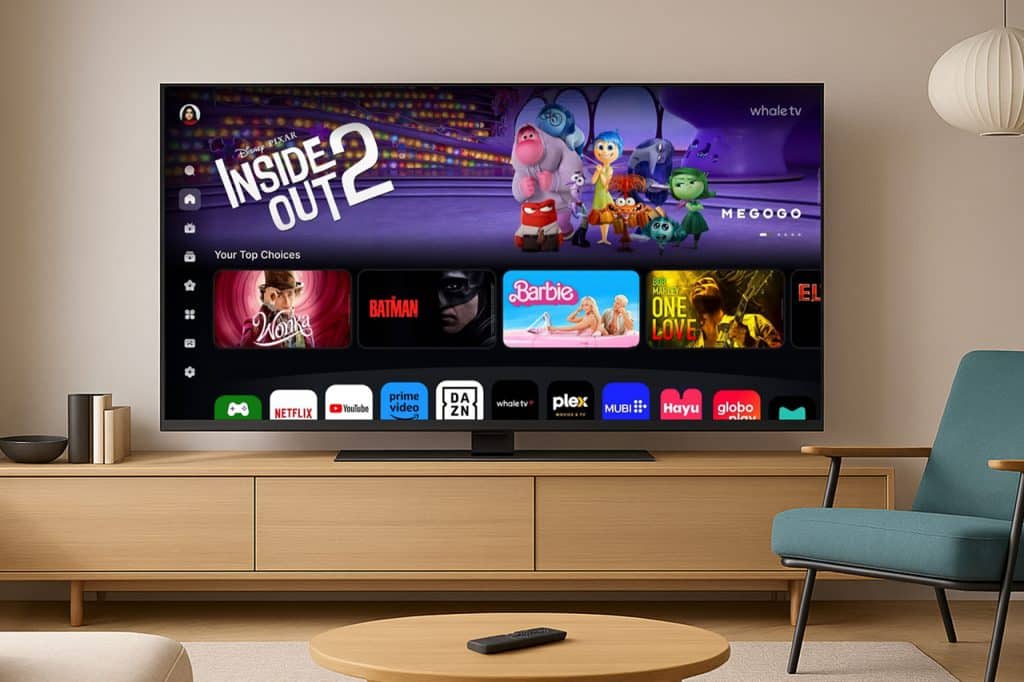
Developer: Whale TV (formerly Zeasn)
Devices and Manufacturers:
Whale OS is deployed globally through partnerships with more than 400 TV brands, including Philips, JVC, Blaupunkt, and Telefunken. It is targeted at manufacturers seeking a customizable, non-Google, licensable Smart TV platform. The latest version, Whale OS 10, began rolling out in early 2025.
Highlighted Features:
- AI-Powered Interface: Whale OS 10 boasts a new UI with personalized user accounts and AI-powered recommendations.
- Integrated Voice Assistant: Includes an integrated voice assistant powered by ChatGPT for natural language interaction and content discovery. Claude dumasi
- Global Localization: Supports 68 languages and all principal tuner formats to facilitate distribution within multinational markets.
- In-Built FAST Service: Whale TV+ has free live channels and on-demand play, integrated on supported devices.
- Flexible Integration: Offers factory manufacturers white-label options and UI customizations without sacrificing consistency across installations.
What is unique in Whale OS Smart TV operating system:
Whale OS is a self-contained and highly customizable alternative to Android TV or in-house solutions. The modular architecture of the company allows TV manufacturers to customize the UI while reaping the advantages of a fully managed app environment and built-in streaming service. By combining AI-based personalization, worldwide compatibility, and built-in free content, Whale OS is especially attractive to brands considering rapid go-to-market solutions without dependency on Google’s licensing model.
RDK (Reference Design Kit)

Developer: RDK Management, LLC (jointly funded by Comcast, Liberty Global, and Charter Communications)
Devices and Manufacturers:
RDK (Reference Design Kit) isn’t an OS for retail TV brands, but an open-source platform that service providers and device manufacturers utilize to create their own set-top box and Smart TV software. It is the software that is behind products such as Sky Glass, Sky Stream, and XClass TV in Comcast and its partners’ served markets.
Featured Highlights:
- Operator-Grade Architecture: Designed for managed devices, allowing operators full control over the user experience, updates, and application environment.
- TV Profile Support: Adds APIs for video settings, picture quality, sound modes, input switching, and remote control management.
- Customizable UI Layer: Gives companies the ability to develop their own branded UIs on top of a common RDK software stack.
- Cross-Platform Consistency: Allows deployment on broadband gateways, set-top boxes, and Smart TVs from a shared codebase.
- Robust Developer Ecosystem: Comprehensive documentation and community support for OEMs and operators deploying or modifying RDK-based solutions.
What is special in RDK Smart TV operating system
Unlike consumer-focused Smart TV operating systems, RDK is a backend software stack that is designed to give service providers and manufacturers full control over their TV experience. It is modular, hardware-agnostic, and specifically suited for operators who want to manage their entire ecosystem—from software updates and user experience to data collection and app partnerships—without relying on Google or other third-party OS providers.
FAST-Based Platforms
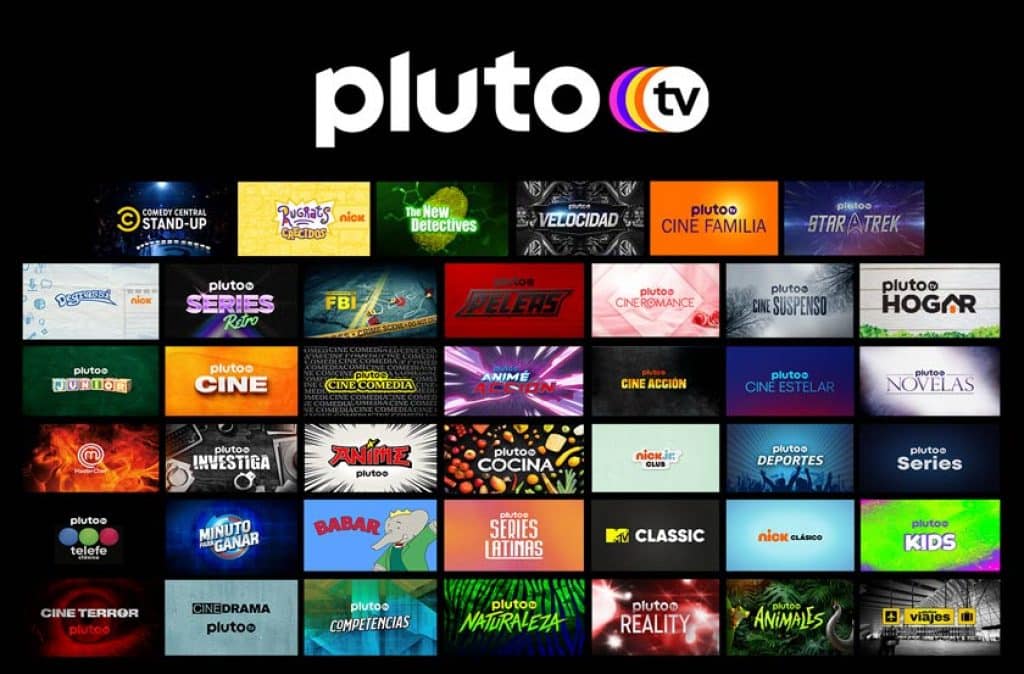
While not the conventional operating systems, FAST platforms are increasingly a part of the Smart TV ecosystem. Pluto TV, Amazon Freevee and Samsung TV Plus, for example, usually come pre-installed or integrated directly onto the home screen and feature free, linear-style streaming programming without subscription requirements.
Rather than launching live as native apps, the platforms have become further integrated into the UI, auto-playing channels or presented as a default content layer. This follows a larger industry trend: TV makers and OS developers are concentrating on user participation and ad revenues by putting free content front and center.
As a result, FAST services are now a characteristic defining most Smart TV ecosystems regardless of the host OS. They inform interface design, user expectations and content strategy—albeit not being an OS technically.
Key Updates in Major Smart TV Operating Systems
Tizen OS (Samsung Smart TV)
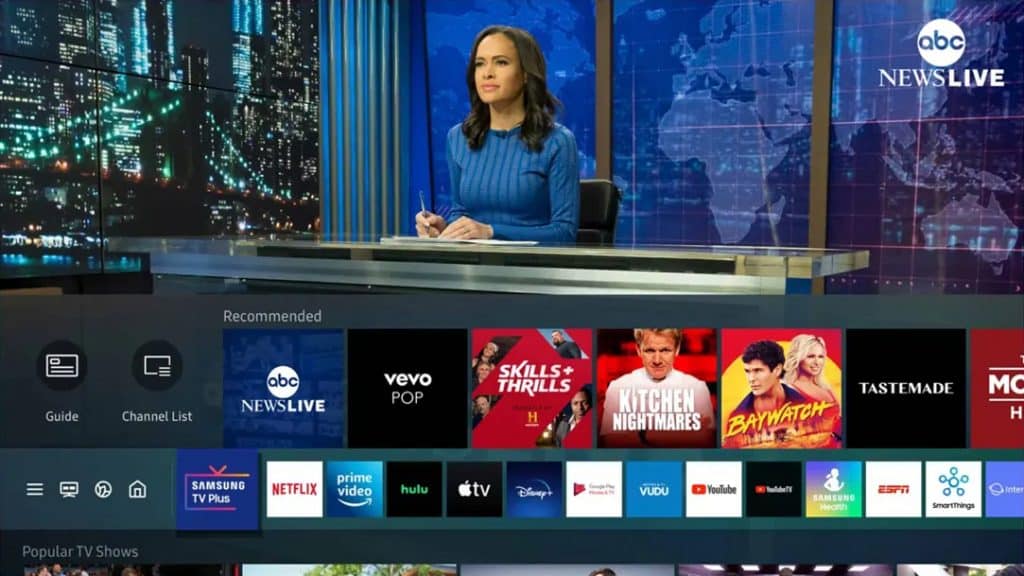
Recent Developments:
Tizen OS 2024 introduces a new interface design with enhanced personalization. Samsung now supports multiple user profiles and personalized watchlists and recommendations can be provided for each member of the family. This also improves content discovery and management through Samsung’s AI-based Smart Hub.
Developer Perspective:
Samsung has started selectively licensing Tizen to other manufacturers. Developmentally, the AVPlay player and application packaging remain unchanged but developers must relearn subtle details of design guideline and API behavior.
Content and Services:
Samsung TV Plus has also been expanded further as a FAST service with wider regional reach and more editorially selected channels.
Android TV / Google TV
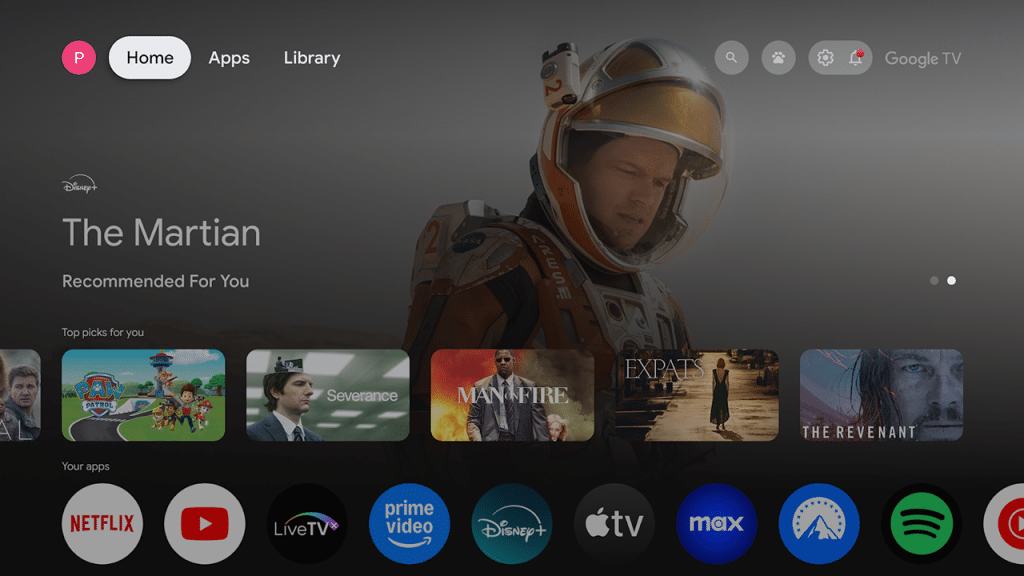
Recent Developments:
Android TV is also enriched with the Google TV experience now becoming the default user interface on most new Android TV devices. Google TV, although rooted in the Android TV platform, introduces an additional layer of interface, such as a redesigned home screen, enhanced content discovery and user profiles. Android TV 14 introduces improved performance, accessibility enhancements and power-saving modes.
Developer Perspective:
Developers are supported with tight integration with the Android mobile platform, allowing for easy reuse of code and sharing of known development tools. Compatibility testing tools are improved than ever before, but fragmentation is a big issue due to manufacturer-specific implementations and varying update timelines.
Content and Services:
Google TV emphasizes algorithmic content discovery, watchlists personalized to users, and packaged access to streaming platforms. Google services integration (Search, Assistant, YouTube, Photos) continues to be a major drawpoint, particularly for consumers already in the Google ecosystem.
webOS (LG)
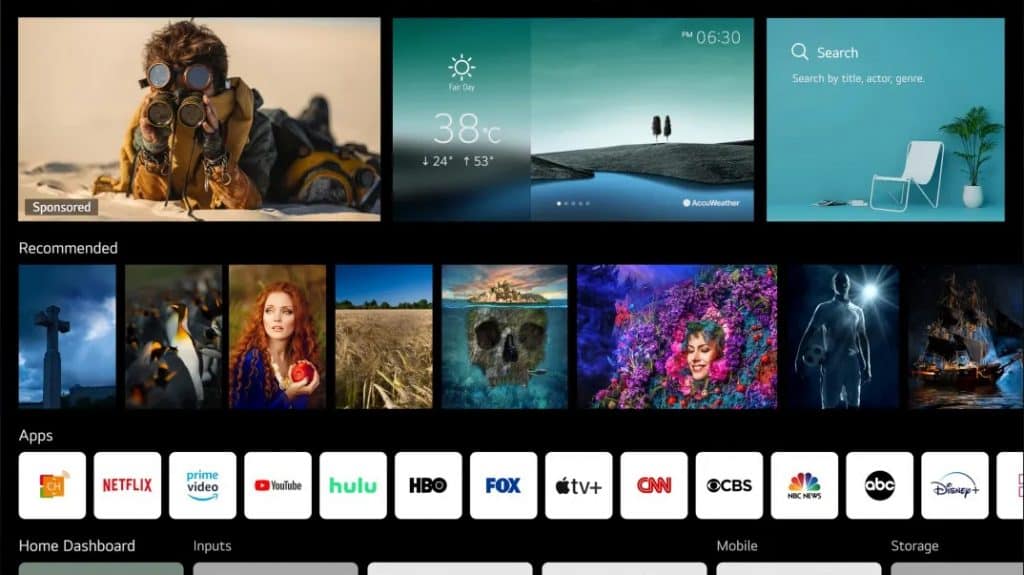
Recent Developments:
webOS 24 and 25 brings Chromecast built-in capabilities, expanding casting support beyond the traditional LG ecosystem. LG also unveiled a new initiative, “webOS Re:New,” which enables some 2023 LG Smart TVs to be upgraded to the latest webOS version, extending the life of the devices.
Developer Perspective:
LG’s platform adheres to its HTML5-based development approach, with Web Engine improvement and SDK upgrades. The firm is dedicated to TV-specific UI practices and offers hybrid broadcast broadband TV (HbbTV) support in many regions.
Content and Services:
The LG Content Store remains at the center of app distribution and LG still ships a wide range of global and local apps. More local content and expansion in LG Channels (its own FAST service) fit with growing consumer interest in free streaming options.
Fire TV

Recent Developments:
Amazon has further refined the Fire TV experience with its updates that focus on performance, stability and deeper integration of Alexa capabilities. The home screen of Fire TV now offers more personalized content rows and live TV highlights. The newer models also have faster boot times and reduced latency when switching between items.
Developer Perspective:
Fire OS, based on Android Open Source Project (AOSP), remains heavily integrated with Amazon’s app ecosystem. Fire TV developers use Amazon’s Appstore, not Google Play and have to test for compatibility with a big range of Fire TV devices from smart TVs with Fire TV Edition all the way down to streaming sticks and cubes.
Content and Services:
Amazon Prime Video remains on top, with heavy promotion on the home screen. Fire TV devices also include heavy integration with Amazon Music, Alexa smart home functionality and third-party streaming apps. The site still supports AVOD and FAST content, including Amazon Freevee, which has gained more emphasis in recent UI updates.
Roku OS

Recent Developments:
Roku OS 14 introduced an updated home screen experience with better content categories, more intelligent suggestions and a new “Backdrops” feature for personalized screensavers. Roku is always sticking to simplicity and speed, keeping the light, easy-to-use design.
Developer Perspective:
Roku includes a proprietary development platform with its own SDK and development languages (SceneGraph and BrightScript). While this requires platform-specific development, Roku includes good documentation and certification tools to make app publishing easier.
Content and Services:
Roku Channel remains a top destination for AVOD and FAST programming and Roku is still developing its own content libraries. The service has also become more married to live TV sources and more robust search capabilities between services.
VIDAA OS
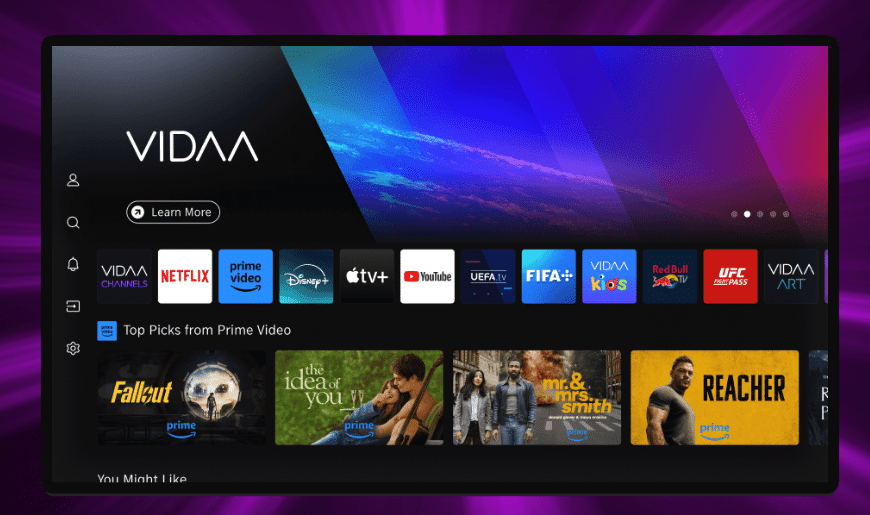
Recent Developments:
VIDAA U9, launched in 2024, provides performance improvements, a more responsive interface and additional integrated applications. Hisense continues to optimize the platform for simplicity of use and quick content navigation.
Developer Perspective:
VIDAA remains HTML5-based with a well-documented SDK, making the development of apps for Smart TV developers easy. Its narrow focus (Hisense devices primarily) allows for stable performance and easier support.
Content and Services:
The platform now supports a growing list of global and local apps. It also natively supports major streaming services and has expanded its integration of FAST content through agreements in select markets.
Apple tvOS
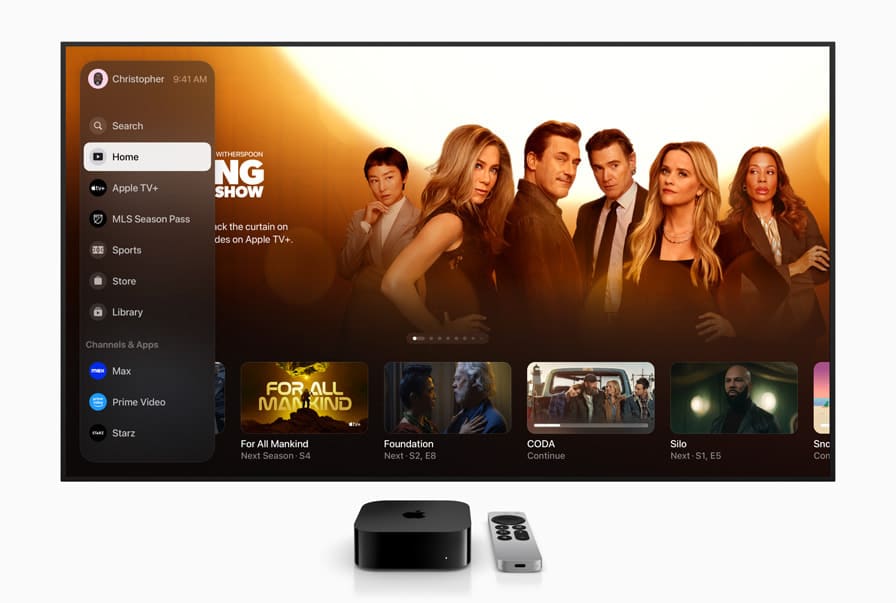
Recent Developments:
tvOS 18 introduced incremental updates with a focus on stability, performance and reliability of content playback. While Apple’s OS sees fewer dramatic UI revisions, its ecosystem approach remains on track.
Developer Perspective:
tvOS developers experience a unified Apple developer tool experience. Creating and testing applications is quite similar to iOS practice.
Content and Services:
Apple TV+ is centered in the platform, alongside tight integration with Apple Music, iCloud, Fitness+ and HomeKit. The platform maintains its premium position, courting users already committed to the Apple ecosystem.
Note on HarmonyOS NEXT
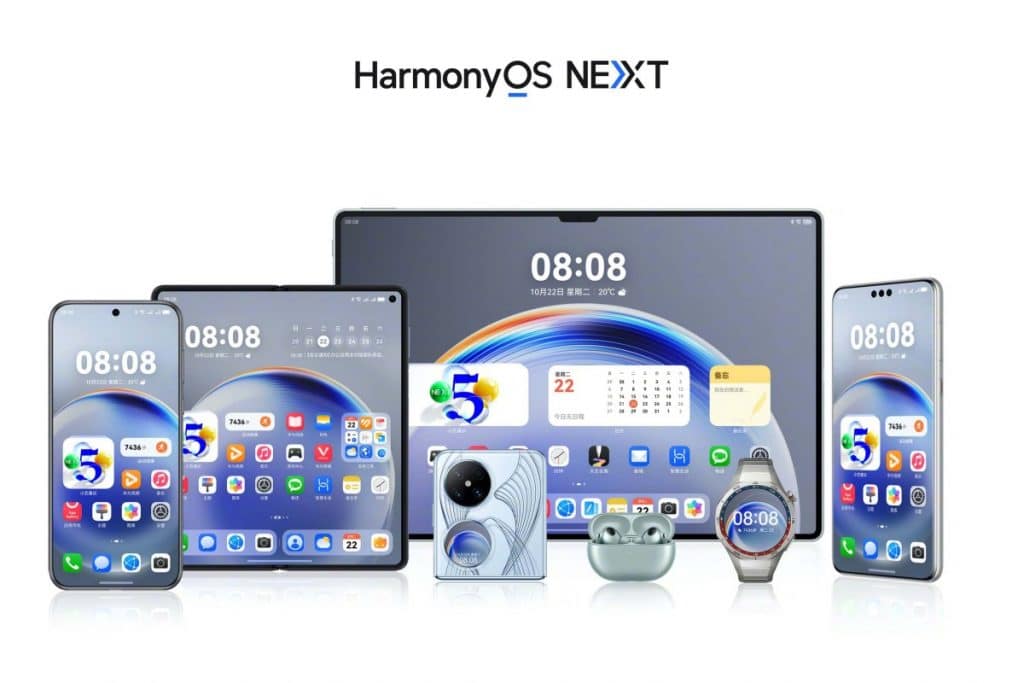
Huawei started 2025 with HarmonyOS NEXT testing for Smart TVs, first in internal China trials. The newest version discards Android kernel compatibility, becoming a completely native OS within the Huawei ecosystem. While not yet rolled out globally, it indicates Huawei’s continued push to develop an independent platform, especially for its domestic Smart TV brand.
Conclusion
The Smart TV OS market has witnessed significant growth and development in the last twelve months. New operating platforms such as Titan OS and Sky Entertainment OS are entering the fray with region-targeted strategies, while the mature systems of Tizen OS android TV and webOS are developing through interface rebranding, content personalization and increased integration of FAST services.
These developments are a testament to industry-wide focus on user experience, content accessibility and monetization through free streaming. Developers and owners of content should maintain pace with platform releases and adapting to SDK updates to ensure compatibility and access.
Smart TV platforms are not just technical environments anymore—they decide how individuals discover and consume content. Building apps, testing on devices, or planning distribution, whatever it is, being in the know of the latest platform dynamics is important.
Developing Apps for Multiple Smart TV Platforms
The fragmented world of Smart TV operating systems presents the problem for application developers looking to reach users on platforms like Android TV, Tizen OS, webOS and others.
Having several codebases for several platforms can slow down development, be costly and complicate maintenance.
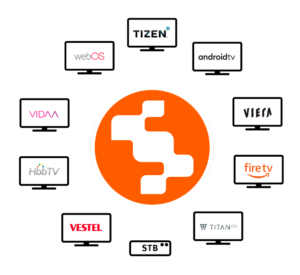
One practical solution is using a unified development approach. At Sofia Digital, we’ve addressed this by creating a framework that enables a single app to run across the most common Smart TV platforms. The unified Smart TV app shares the same codebase, UI and logic across devices, with only platform-specific integrations handled separately.
Benefits of this method include:
- Faster time-to-market for app releases and updates
- Reduced development and maintenance workload
- A consistent user experience across platforms
- Built-in support for platform-specific features like native video players and analytics
This kind of approach is especially useful for services that want to scale their Smart TV presence efficiently without compromising quality or compatibility.
Frequently Asked Questions
There is no single best OS—it depends on your needs. Android TV and Google TV offer wide app compatibility, Tizen and webOS focus on intuitive user experiences and Roku excels in simplicity and FAST content.
As of 2025, Titan OS is available on selected 2024 Philips and AOC TV models in Europe and Latin America.
Google TV is a newer overlay on top of Android TV. It features a more personalized home screen and improved content suggestions but shares the same underlying system.
Yes. Both LG webOS and Samsung’s Tizen OS both have their own app stores (LG Content Store and Samsung Smart Hub) with the big streaming services.
FAST is an acronym for Free Ad-supported Streaming Television, which refers to streaming content services offering free, linear-style channels sustained by ads. Examples are Pluto TV, Samsung TV Plus and Amazon Freevee.
Yes. Roku OS is a standalone Smart TV platform on Roku streaming devices and embedded in Roku-branded and partner TVs.
Google TV android TV and now LG webOS 24 (with Chromecast built-in) all support Chromecast.
It depends on the brand. LG, Samsung for example, includes some upgrades as part of its webOS and Tizen update programs. The only significant OS upgrade offered by most other platforms is at the point of sale.
Amazon Fire TV has Alexa integration built in. Android TV and Samsung Tizen also have Alexa integration through optional setup.
No. While most popular streaming apps are available on all platforms, support and performance for apps can vary between Android TV, Tizen, webOS, Roku and other platforms.
